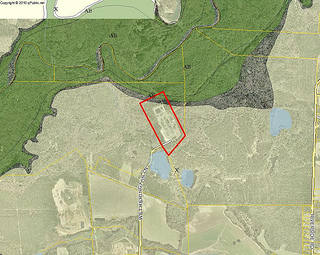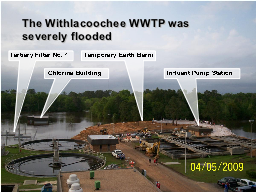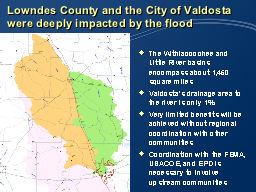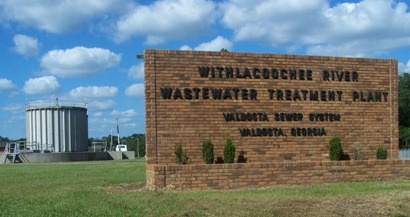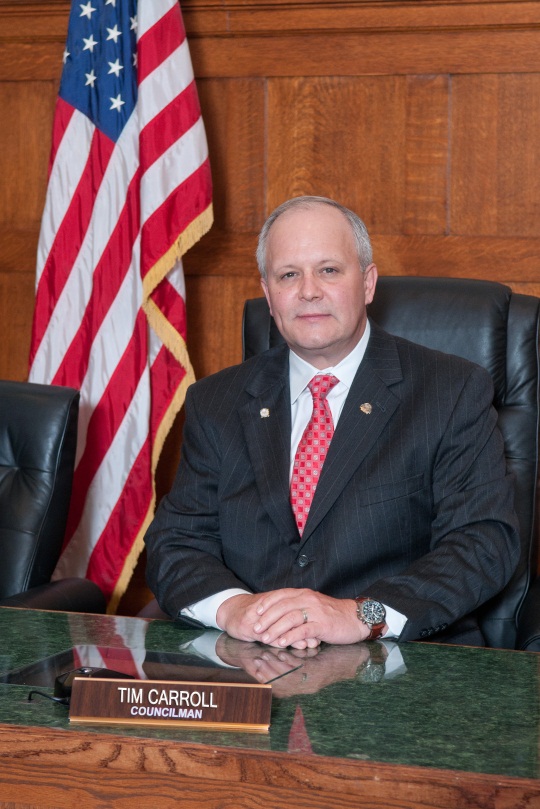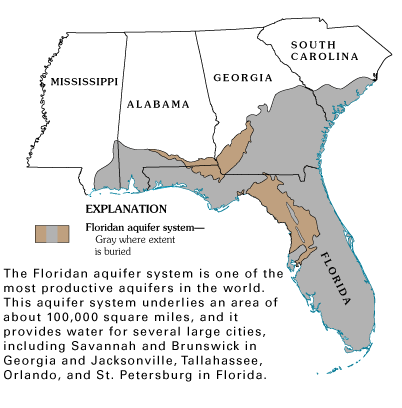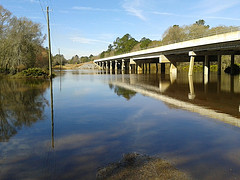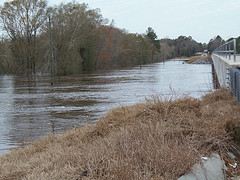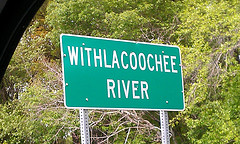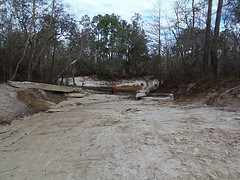The VDT has apparently decided the City of Valdosta is to blame
for the
Withlacoochee Wastewater Woes,
and has made its case in a story and two editorials.
They seem to have forgotten about
the overflow in 2012 already.
And the VDT seems to have forgotten about it and its editor's own
apparent roles in the loss of the recent SPLOST election that
would have funded a new wastewater plant.
Jason Schaefer wrote for the VDT today,
Money saved at river's expense:
EPD investigates cause of sewage release as waters recede,
When the flooding occurred in April 2009, the City made
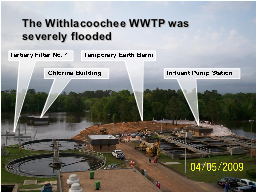 extraordinary efforts to hold back the flooding, bringing in dirt
and heavy machinery to build a berm around the influent pump station
and other treatment equipment, working round the clock.
extraordinary efforts to hold back the flooding, bringing in dirt
and heavy machinery to build a berm around the influent pump station
and other treatment equipment, working round the clock.
The efforts were successful. The treatment plant remained on during
the duration of the flood, and Valdosta's raw sewage remained
contained, though the facility incurred damages to its electrical
and biological purification systems, according to Utilities Director
Henry Hicks.
This year, the City opted for a different approach—cut
electricity to the underwater portions of the plant, submit to the
flooding and clean up afterwards.
The plant was “taken offline” Thursday at 9 a.m.
“to prevent further damage to equipment and associated
electrical and control systems,” according to a statement
issued by the Department of the City Manager.
The City stated that as a result of the shutdown, “untreated
sewage will be discharging directly into the river” at a rate
of between five and six million gallons of raw sewage per day.
In addition, the floodwaters were allowed into the plant and around
the remaining portions of the berm that was constructed in 2009
during the rising flood. Only half of the berm now remains, as the
other half was removed to allow access to the lower portions of the
plant, Hicks said.
So far, this year's response strategy seems to have saved the City
money. In 2009, about $500,000 was spent in manpower, equipment and
supplies to build the berm alone, and the plant, kept running,
incurred significant damages though raw sewage was kept out of the
river. This year, the money was not spent on the berm or to prevent
the flooding, and at least 15 to 20 million gallons of raw sewage
will have been released into the Withlacoochee by the time the plant
is back online.
There's more in the story, which is well worth a read.
Also note this inserted in the middle of the story:
Editor Kay Harris contributed to this story.
The VDT cites the EPA report,
National Enforcement Initiative (FY 2011 – 2013)
Keeping Raw Sewage and Contaminated Stormwater Out of Our Nation’s Waters,
(more about that EPA initiative
here)
and continues:
Continue reading →
 As
he indicated yesterday,
Gabe Fisher got his sewage-covered neighborhood on WCTV last night.
As
he indicated yesterday,
Gabe Fisher got his sewage-covered neighborhood on WCTV last night.
After days of torrential rain, the same rain that caused the rivers to flood, the sewage pump has been overwhelmed in the Meadow Brook Subdivison just off Gornto Road.
The whole area behind their houses is just covered in raw sewage. Your boots sink down into it with every step. We’re talking everything from human waste, to toilet paper, to hygiene products and a whole other list of things that are just too graphic to mention.
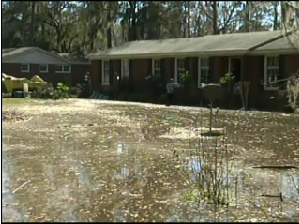 There’s more in
the WCTV story,
such as that the city has included neighbors in meetings, but has not
yet changed anything.
The city’s PR about the flooding
says:
There’s more in
the WCTV story,
such as that the city has included neighbors in meetings, but has not
yet changed anything.
The city’s PR about the flooding
says:
